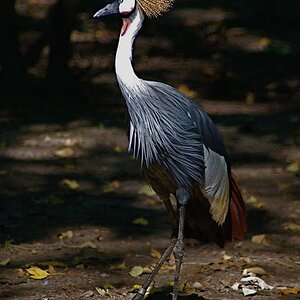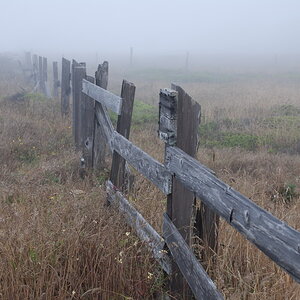Harrybade
TPF Noob!
- Joined
- Sep 19, 2022
- Messages
- 8
- Reaction score
- 0
- Can others edit my Photos
- Photos OK to edit
I just picked up a second hand FA which looked to be in good condition however have run a test roll through and most of the shots have come out as slightly / heavily underexposed (but varying in degree of under exposure). I’ve heard mixed reviews of the metering tech but wouldn’t expect it to be this bad - is this a hardware issue?
I shot on aperture priority with 0 compensation using a couple of AI / AI-s lenses which I understand are compatible
I’m used to using an FM which is super reliable so pretty disappointed with these results
I shot on aperture priority with 0 compensation using a couple of AI / AI-s lenses which I understand are compatible
I’m used to using an FM which is super reliable so pretty disappointed with these results


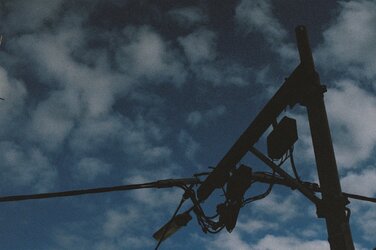

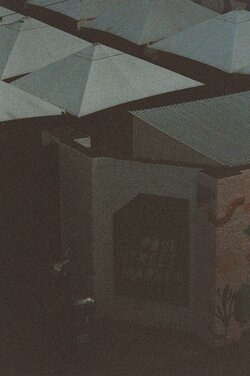

![[No title]](/data/xfmg/thumbnail/34/34062-c0c9c0a752bc1af58237eff1ec850163.jpg?1619736259)
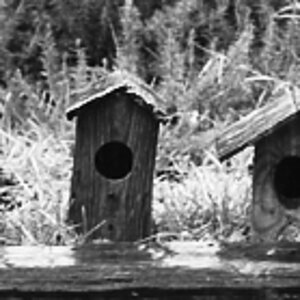

![[No title]](/data/xfmg/thumbnail/34/34063-09779b4ba56a0acb2b0fa36cf8720dfb.jpg?1619736260)
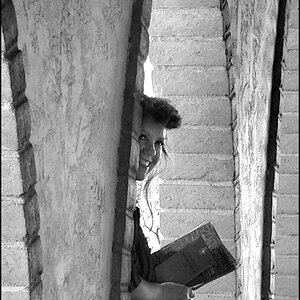
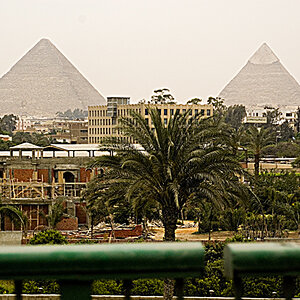
![[No title]](/data/xfmg/thumbnail/34/34061-e097813b3719866d07ff3e78e8119ffa.jpg?1619736258)
